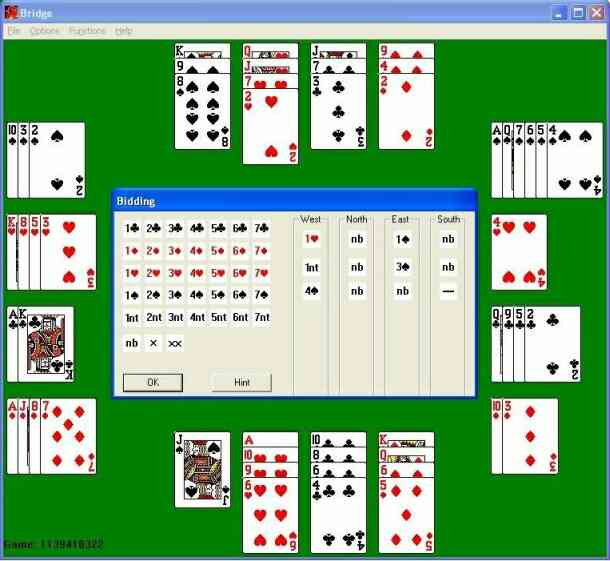As a sort of epilogue to the Hunt, Steph and I decided to tackle one last puzzle, "Mergers," when she was in town last week. It was one that we considered trying at the end of the Hunt proper; we ran out of time back then, but after the answers were released, I peeked at the solution method (but not the answers themselves!) to make sure we were on the right track, and it actually seemed solvable.
What we did
The bracket at the bottom of the page is meant to be filled in with various words, starting from the ones listed at the top of the page. Those words are linked by common association of some sort. For example, Windy + City = Chicago. Then, the words we generated by matching needed to be paired with other words, and so on, so Chicago + Rapid Transit = L, and L + Roman = Fifty. We filled in nearly the entire top half of the bracket and made some inroads toward filling in the bottom, but we couldn't ever place "Nadia," "Information," "Mac OS X," or a few others.
What we should have done
Exactly what we did, but more of it. The biggest hangup we came across was not knowing exactly what to do with "Twenty" and "Point Count". We thought it might have something to do with contract bridge, but it turned out the answer was the much more generic "Score". Then, "Score" was supposed to match with "Nadia" to give "Ten".
Would we ever have figured it out?
Possibly. Had we wanted to devote a whole lot of time to it, we could have tried all the remaining words in combination, and we might have been able to divine something eventually. I'm not sure if we realistically would have gotten the "Ten" clue described above. Even tougher was the last connection, "Chester" plus "Age" to get "Man," supposedly a "prepend" (to get "Manchester" and "Manage"); both struck us as more than a little arbitrary.
What can this puzzle teach about good design?
The solution to puzzles should be sufficiently specific that there's only one feasibly correct answer. Even though this puzzle featured good "checkpoints" (unlike many of the Mystery Hunt puzzles), the connection between "Point Count" and "Twenty" was weak and nonspecific enough that I wouldn't have thought to link them with "score". On the other hand, "Mergers" did this very well in most of its clues: "Windy" and "City" together couldn't have meant anything but "Chicago," and we knew we were on the right track when we could link "Copper" and "Tin" together to make "Bronze".
That concludes (for now!) the series on the 2013 Mystery Hunt, but if we decide that any of the other puzzles look interesting and possible, we'll write about them here.


_Violante_Beatrice_of_Bavaria_(1673-1731)_daughter_of_Ferdinand_Elector_of_Bavaria_and_wife_of_Ferdinando_de%E2%80%99_Medici.jpg)
No comments:
Post a Comment